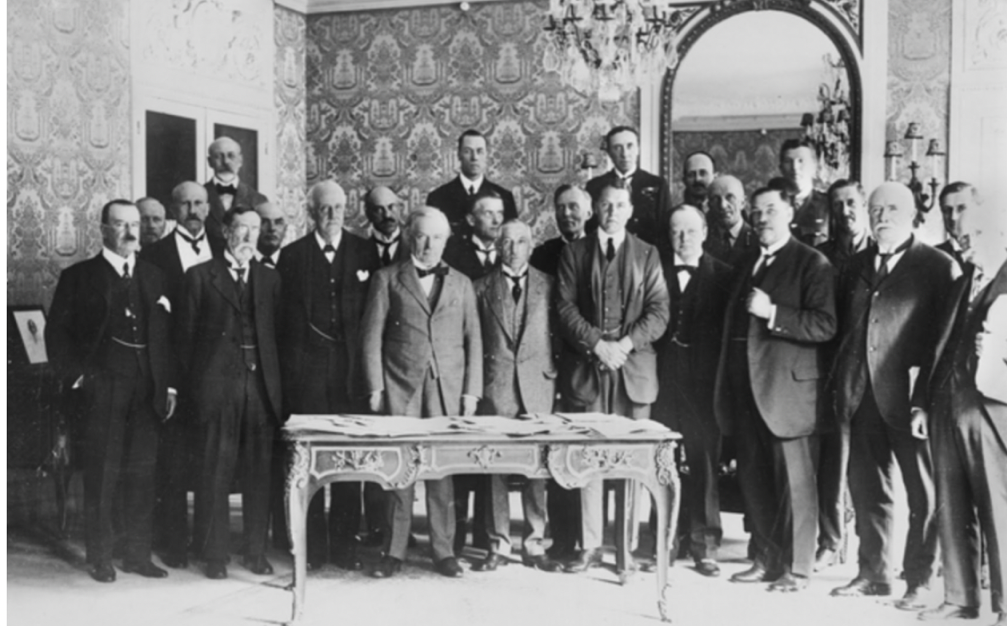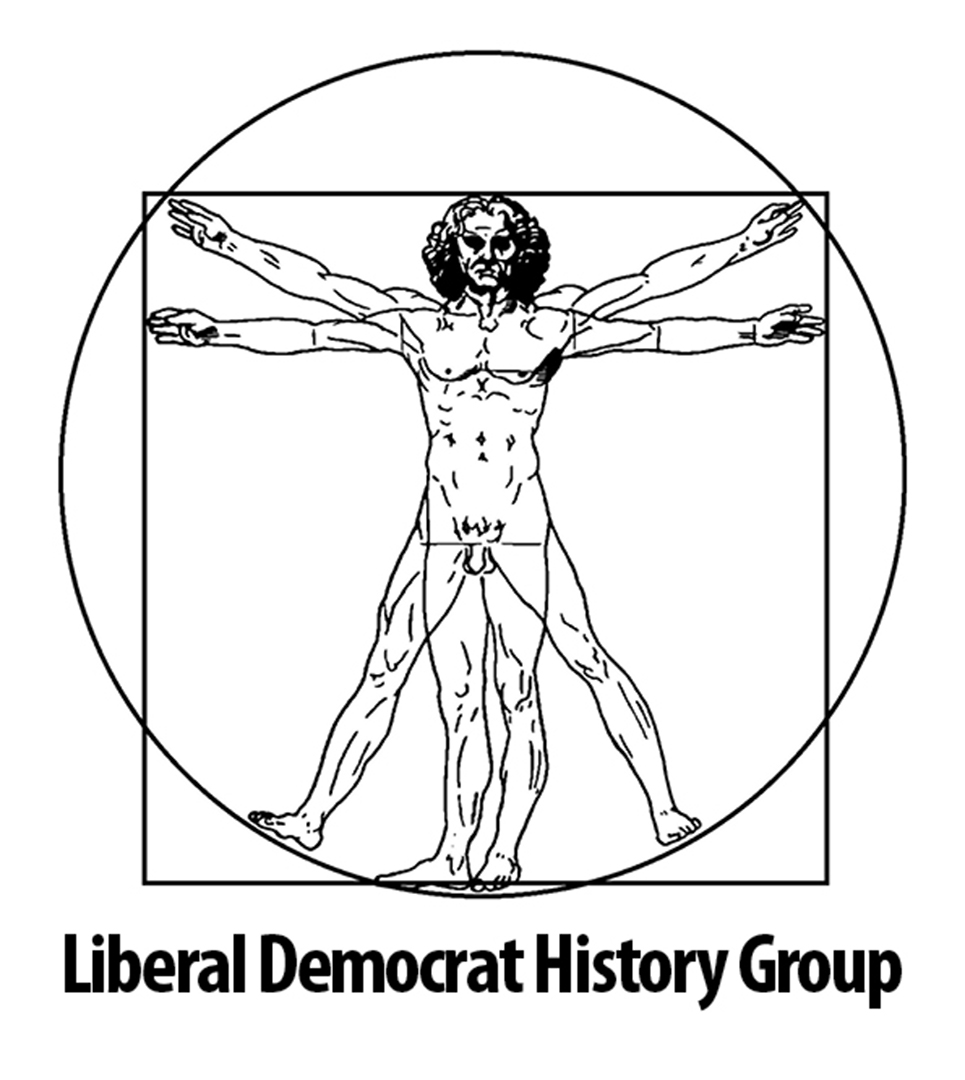The Conservatives, who remained divided over the issue of tariff reform, returned just 129 MPs to Parliament, in addition to the 29 seats secured by the Liberal Unionists. With the support of the 83 Irish Nationalist MPs and the 29 newly elected members of the Labour Representation Committee, the Liberals had an effective working majority of 358.
Historians have long argued about the reasons underlying the 1906 landslide, which is of critical importance in assessing the health of the Liberal Party in the period immediately preceding the First World War. Those who argue that the Party remained fighting fit before 1914, tend to see the result as a positive endorsement of New Liberalism and its plans for social reform, at a time when the welfare of the nation’s most vulnerable citizens was becoming a key concern.
However, others have argued that rather than constituting a positive mandate for progressive Liberalism, the result reflected an overwhelming rejection of Conservative policies. This view is supported by the negative nature of the Liberal campaign, which emphasised disillusionment with the previous Tory Government, rather than outlining any radical promises of social reform. Despite the Liberal Governments later record, social progress was not an issue that greatly troubled the party’s leadership at this time. Although alluding to the question of old-age pensions in his election speeches, even the Liberal Chancellor, Lloyd George avoided making any specific commitment regarding welfare reform. It is estimated that only a small group of the Liberal MPs returned to Westminster in 1906 could be defined as Social Radicals, who were unquestionably committed to tackling matters of social concern.
By focusing on the failings of the previous Conservative government, the Liberals were able to enjoy a wide appeal across the political and social spectrum. The slogan of free trade was a policy that resonated with a broad audience, reluctant to see food prices rise as a result of the Conservative inclination towards tariff reform. The Government’s use of forced Chinese labour in the South African gold mines aroused moral concern, particularly amongst Nonconformists, already incensed by the 1902 Education Act. The trade unions were equally disgruntled by the Conservatives’ failure to reverse the Taff Vale judgement. In this sense, the result can be viewed as much as a negative reaction against Conservatism as an endorsement of Liberalism.
Although this broad basis of support gave the Liberals a strong foundation in the House of Commons, it was perhaps as much a hindrance as a help. Campbell Bannerman has been charged with failing to give a strong lead to the Liberal administration during its first years in office, because he was uncertain how to consolidate such a wide cross-section of support. It became clear that it would be impossible to sustain such an extensive range of support in the long term, as illustrated by a series of by-election defeats in 1908. Moreover, traditional sources of Liberal support were already beginning to ebb away and 1906 was the first election that gave the Labour Party a foothold in Parliament, a position they were catapulted to following the signing of an electoral pact between Herbert Gladstone and Ramsay Macdonald.
The 1906 Liberal landslide can therefore be seen as the beginning of the end for the Liberal Party, as much as it can be viewed as a new dawn for progressive Liberalism and social reform.

Journal of Liberal History
For the discussion and research of Liberal, Liberal Democrat and SDP history
Developed and hosted by Prater Raines
